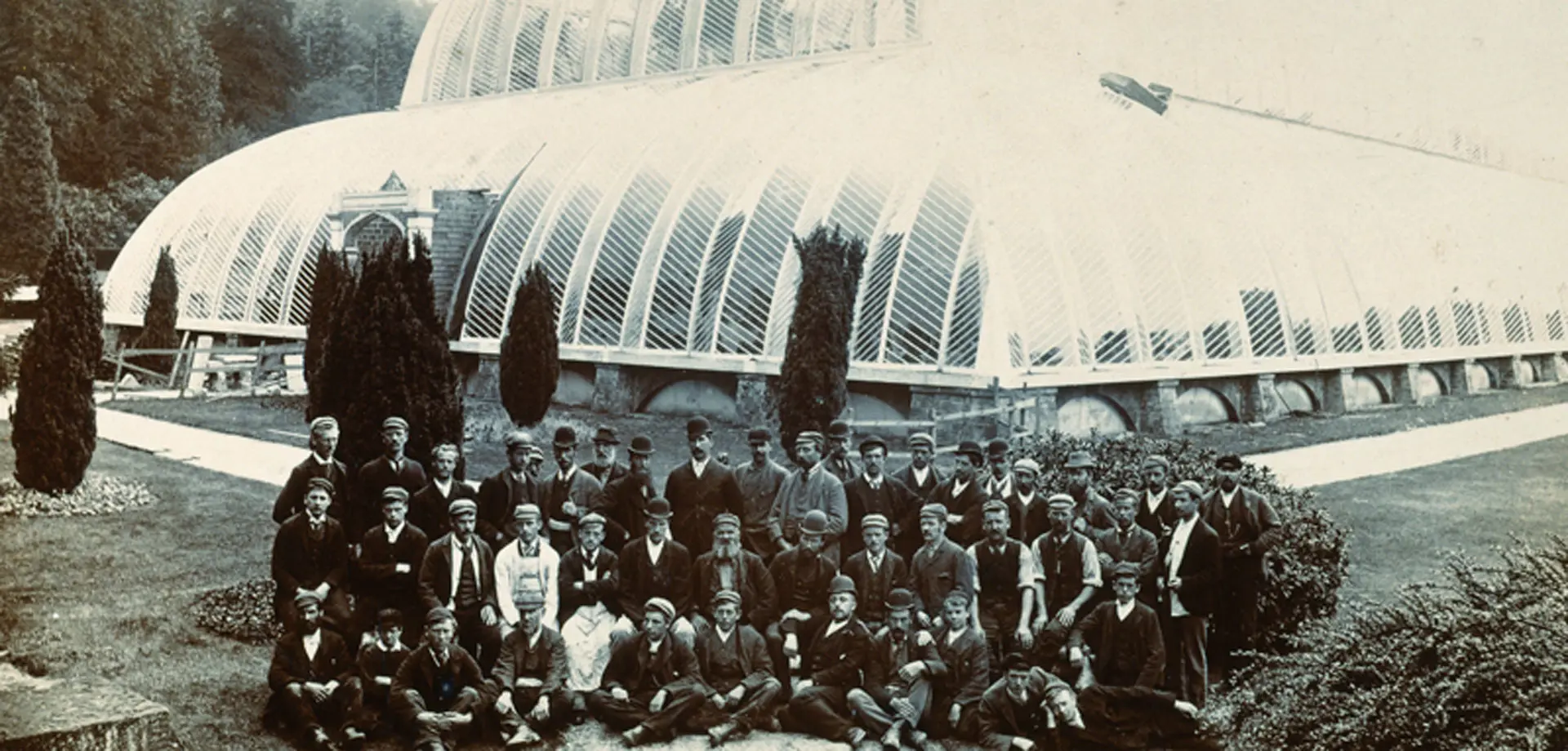In 1811 the 6th Duke of Devonshire inherited a garden which had been sadly neglected by his father.
The restoration, on a very grand scale, was not immediate and the Duke had little interest in horticulture. However, in 1826, the Duke met Joseph Paxton; a pioneering young horticulturist whom he brought to Chatsworth as head gardener.
Paxton proved to be the most innovative garden designer of his era, and remains the greatest single influence on Chatsworth’s garden. Ably assisted by his wife Sarah, Joseph Paxton instigated some of Chatsworth's most celebrated garden treasures, including the Emperor Fountain and the Cavendish Banana.
Explore the features from his era below.
Emperor Fountain
Although the Great Fountain, installed by the 1st Duke, was the highest in this country, the 6th Duke put Paxton’s engineering skills into action to create a new record-breaking gravity-fed fountain.
Great Conservatory
Paxton’s Great Conservatory took four years to build and was completed in 1840.
Rock Garden and Strid
The Rock Garden was built as a reminder of the 6th Duke’s visit to the Alps during the Grand Tour of Europe. Work began in 1842 and the stone was brought from Dobb Edge, north of Stand Wood.
The Case
The Case acts as a protective cover for the tender plants grown here. Originally called the Conservative Wall, it was designed by Joseph Paxton in 1838.
Pinetum
The Pinetum was created between 1830 and 1831, established from eight acres added to the garden from the south park (The Old Park). Here, the 6th Duke and Paxton indulged their passion for collecting on a grand scale.
Vinery
Built circa 1834, this is the sole survivor of three glasshouses constructed specifically for orchids by Joseph Paxton. It contained the 6th Duke’s superb collection, gathered from all over the world.
Arboretum and Trout Stream
The Arboretum, started in 1835, was one of Paxton’s greatest contributions to the Chatsworth landscape; a systematic succession of trees in accordance with botanical classification.
Coal Hole and Tunnel
Horse-drawn carts brought coal from the railway station at Rowsley, entered the garden above the stables, and took the track that went under the Cascade and on to the Coal Hole.



